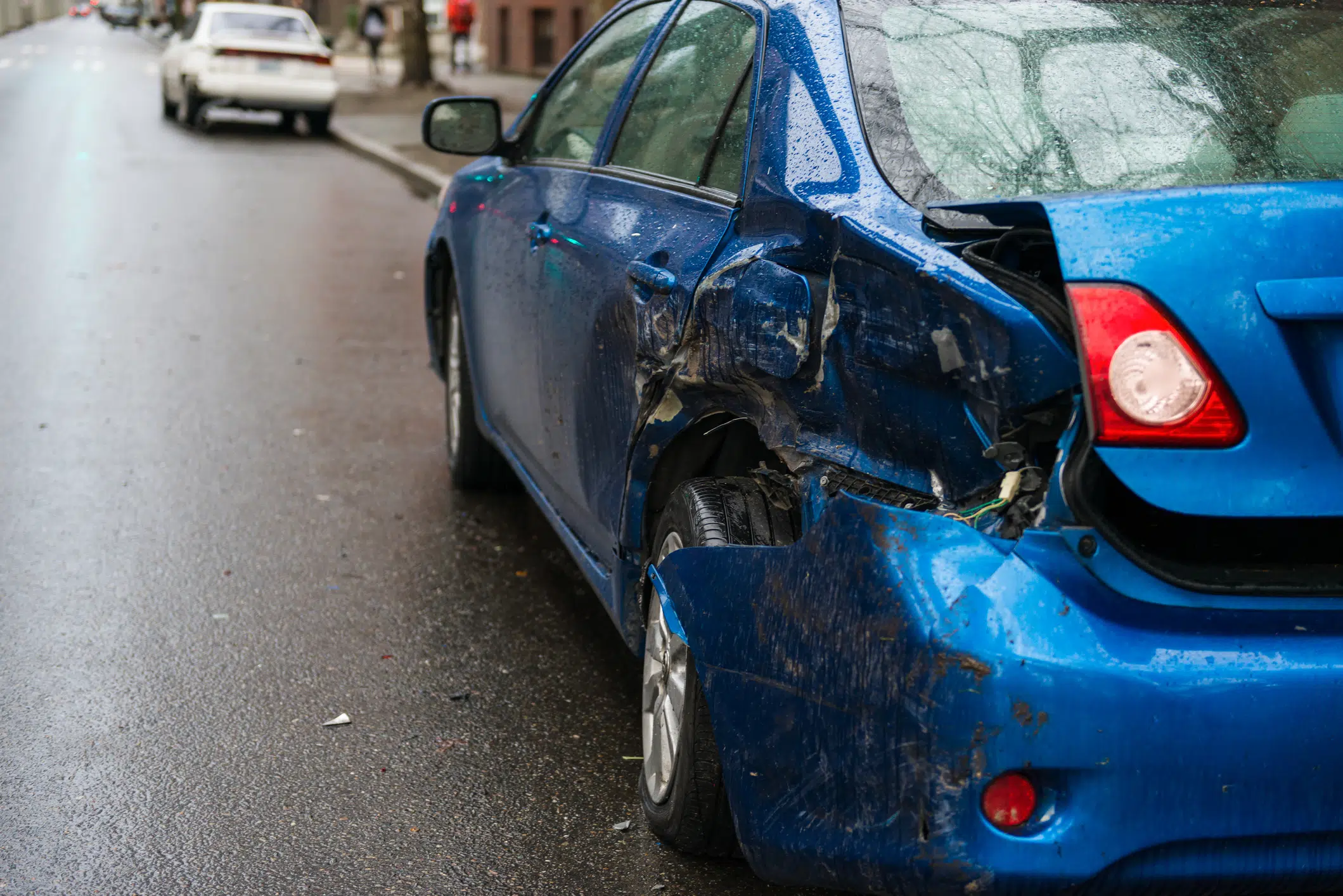
What to do when you are the victim of an accident and the perpetrator has fled
POST CONTENT
Understanding Hit-and-Run Accidents
A hit-and-run accident occurs when a driver causes a collision and leaves the scene without providing their contact information or offering assistance to those involved. The reasons drivers flee the scene can vary but often include driving under the influence of alcohol or drugs, unpaid fines or recent legal issues, driving a stolen vehicle, or simply avoiding financial responsibility for the damage. In some cases, drivers may not have insurance and flee to avoid paying for damages.
In densely populated areas, the frequency of hit-and-run accidents tends to be higher due to the increased number of vehicles on the road, raising the likelihood of collisions. No matter how cautious you are while driving, it is impossible to predict when such an accident might happen to you. This is why it’s crucial to know what steps to take if you become a victim of a hit-and-run accident.
What to Do Immediately After a Hit-and-Run Accident
1. Ensure Your Safety and Call for Help
If you are involved in an accident, your top priority should be your safety. If possible, move your vehicle off the road to prevent further collisions. If you or anyone in your vehicle is injured, call emergency services immediately or ask a witness to do so. Getting medical assistance should be your main focus.
2. Document the Accident Scene
If you are not seriously injured and can move safely, start documenting the accident. Take photos of the damage to your vehicle, the surroundings, and any traffic signs or landmarks nearby. Videos can also be helpful, so consider recording the scene with your phone. Note any nearby establishments with security cameras, as this evidence might be valuable later
3. Gather Information from Witnesses
If there are witnesses to the accident, ask for their contact details. Witness statements can be incredibly helpful when filing an insurance claim or seeking legal recourse. If no witnesses are present, look for nearby establishments with security cameras.
4. Record What You Remember
Ako se sećate detalja o vozilu koje vas je udarilo—kao što su marka, model, boja ili deo registarskih tablica—odmah to zabeležite. Ako ste u šoku ili niste u mogućnosti da zabeležite podatke, razmislite o tome da snimite glasovnu belešku kako biste sačuvali ove informacije pre nego što zaboravite. Što više detalja možete da pružite, to su veće šanse da pronađete počinioca.
5. Cooperate with the Police
When the police arrive, provide them with a clear and honest report of the accident. Avoid admitting fault, as this could negatively affect your case later. Be sure to request a copy of the accident report or the report number, as this will be necessary for insurance claims. Accident reports are usually available a few days after the incident.
6. Notify Your Insurance Company
It’s crucial to report the accident to your insurance company as soon as possible. Failing to do so could result in your claim being denied. Provide all the documents and evidence you’ve gathered to assist them in their investigation.
Common Injuries in Hit-and-Run Accidents
Victims of hit-and-run accidents often sustain various injuries, ranging from minor to severe. Some of the most common injuries include:
- Whiplash and Neck Injuries: Sudden impact can cause neck strain and injuries.
- Brain Injuries: The force of the collision can lead to head trauma, including concussions or more severe brain injuries.
- Burns: Severe accidents may result in burns from airbags or vehicle fires.
- Broken Bones and Internal Injuries: High-impact crashes can cause fractures, broken bones, or internal bleeding.
- Loss of Limbs: In rare cases, the severity of the accident may result in amputation or loss of limbs.
Even if you don’t feel injured immediately, it’s essential to seek medical attention, as some injuries, like internal bleeding or concussions, may not be immediately visible.
How to Seek Compensation After a Hit-and-Run Accident
If the driver responsible for the hit-and-run is identified, you have the option to file a claim with their insurance company or pursue a personal injury lawsuit. However, if the driver cannot be located, you may still be able to seek compensation through your own insurance policy.
1. Insurance
Your auto insurance policy may cover hit-and-run accidents, depending on the type of coverage you have. The most common coverage options include:
- Uninsured Motorist Coverage: This type of coverage is often included in auto insurance policies unless explicitly declined. It can cover damages caused by an unidentified driver.
- Personal Injury Protection: This coverage helps pay for medical expenses, lost wages, and similar costs, regardless of who is at fault for the accident. Some policies do not include this coverage, so check your policy to ensure you are protected.
2. Professional Assistance
If you encounter difficulties with your insurance claim or need help seeking compensation, consulting with an experienced claims adjuster can be beneficial. They can assist with the claims process, negotiate with insurance companies, and provide advice on pursuing legal action if necessary.
How an Adjuster Can Help
An experienced claims adjuster can assist you in several ways:
- Insurance Guidance: Adjusters can help you navigate complex insurance policies and ensure you receive the compensation you deserve.
- Uninsured Motorist Coverage: If the driver is not found, your adjuster can help you file a claim with your insurance company, including uninsured motorist claims or other applicable policies.
Conclusion
Being involved in a hit-and-run accident can be overwhelming, but knowing what steps to take can make all the difference. By following the outlined steps—seeking medical assistance, documenting the accident scene, and reporting the incident to your insurance company—you can better protect your rights and ensure you receive the compensation you deserve.
If you’re struggling to navigate a challenging situation, consider consulting with an experienced adjuster like Asim, who can guide you through the process and ensure your financial interests are protected. Stay safe on the road, and remember that preparation can make a difficult situation more manageable.
More Posts

Whether it was a small fender-bender or a serious
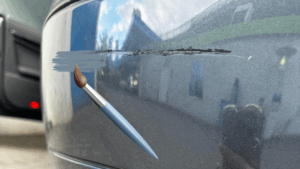
You parked your car, and when you came back,
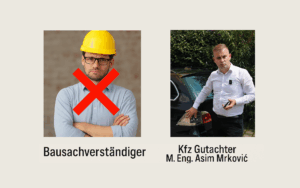
Wondering why your search for a “building surveyor in
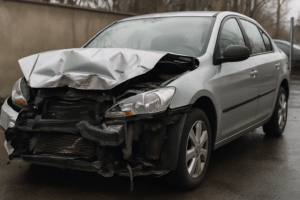
From the perspective of an independent Kfz appraiser –
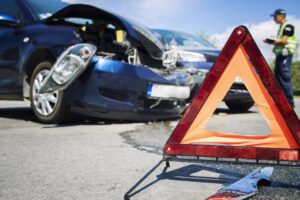
More and more drivers travel from Germany to other
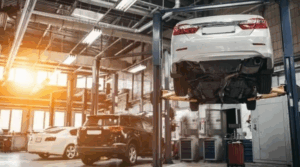
The question of where to service your car often

When you’re involved in a traffic accident, beyond the

Life often writes unpredictable stories, and one of the

The job of a damage assessor is often dynamic

When a traffic accident occurs, one of the key